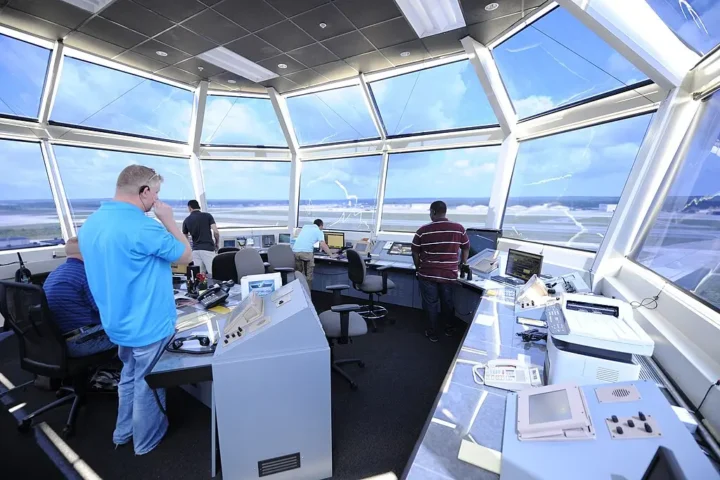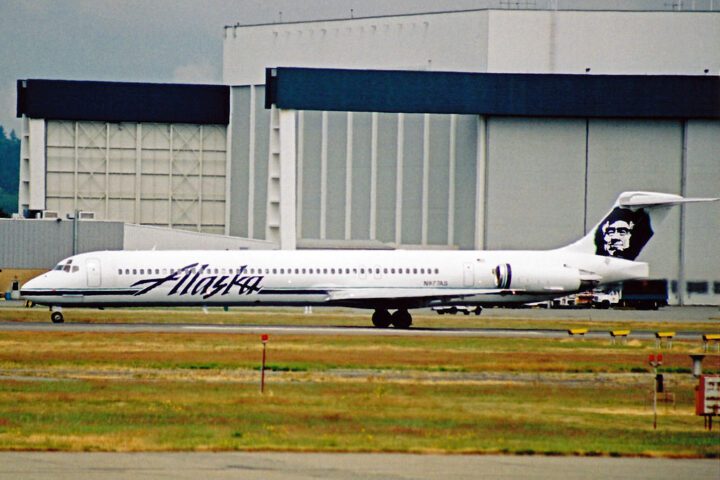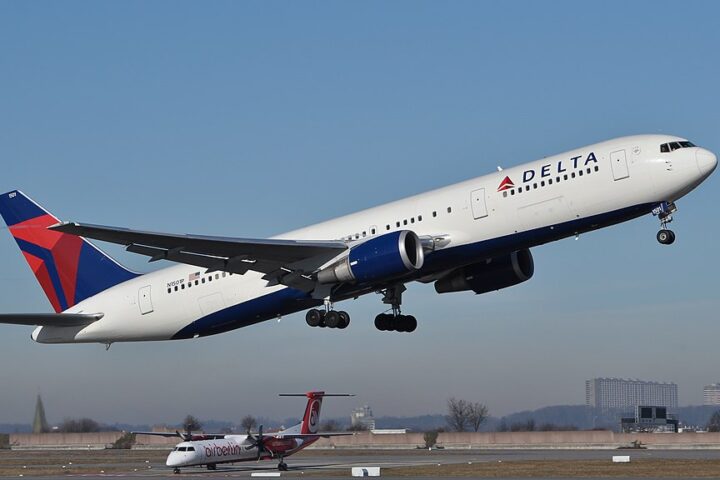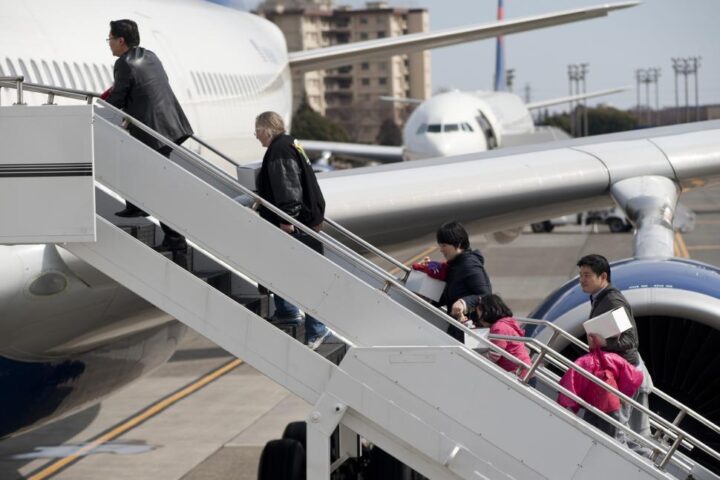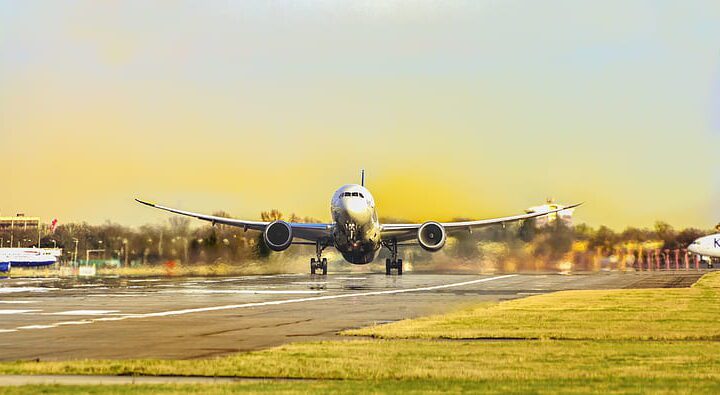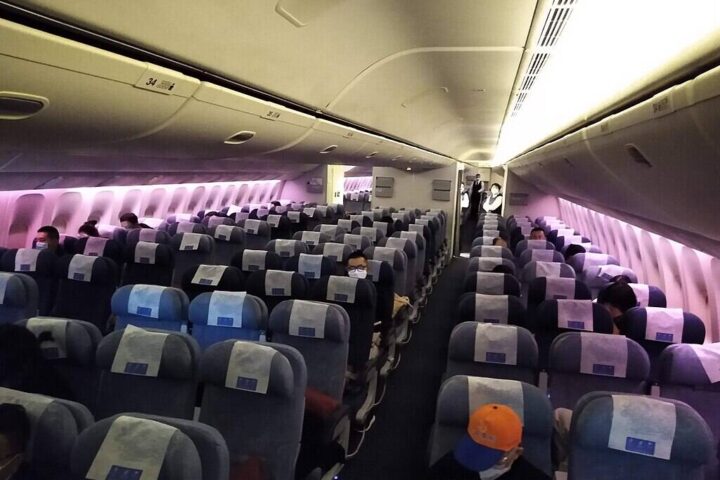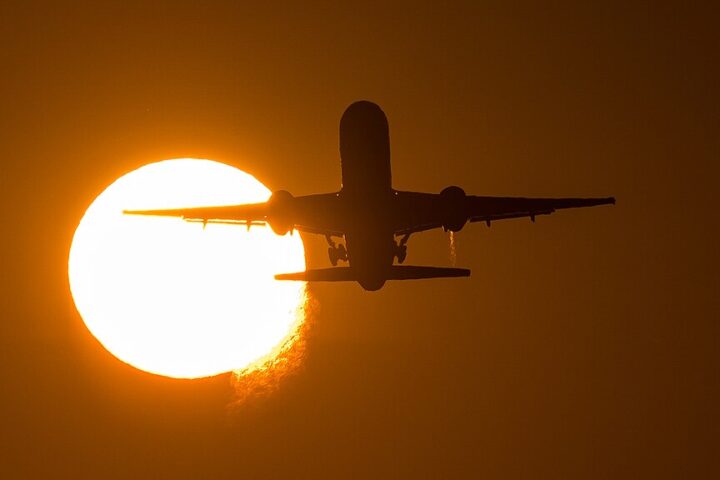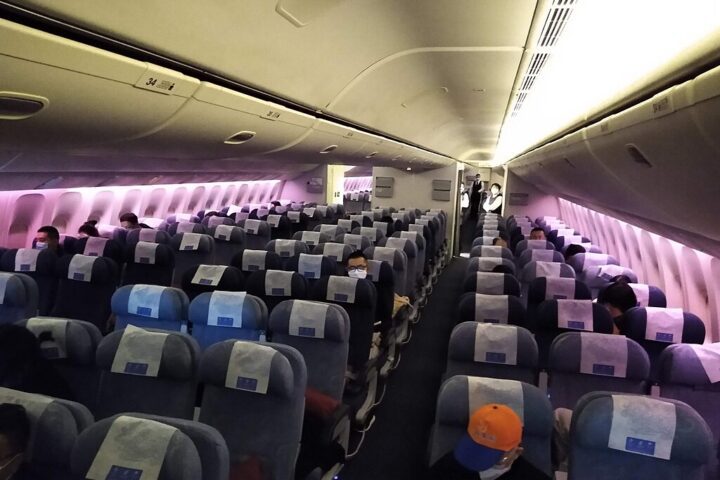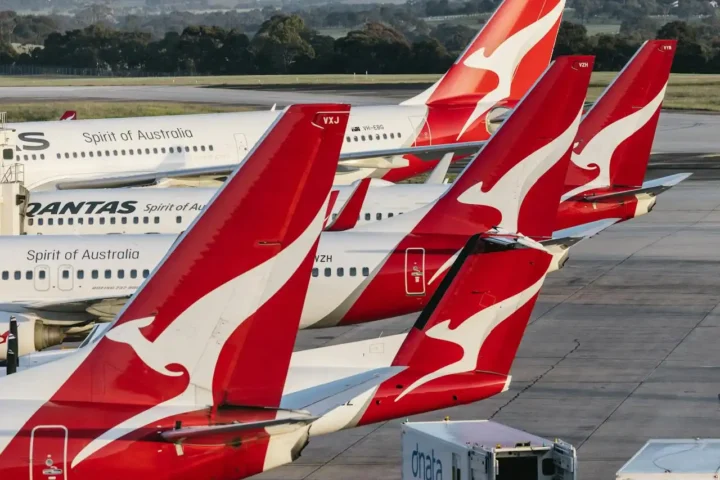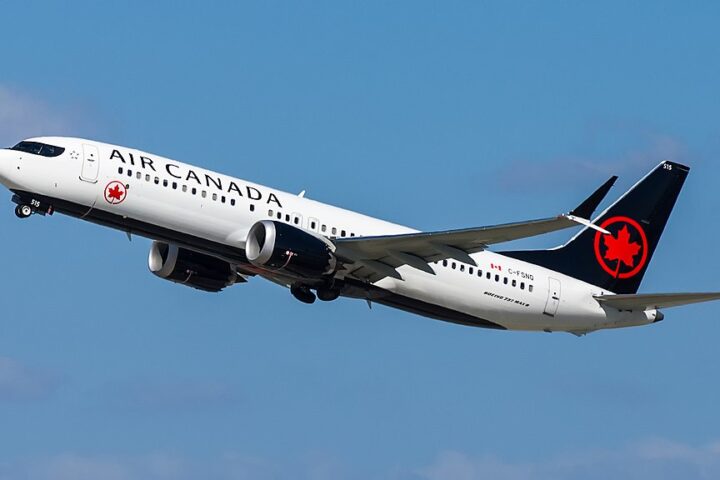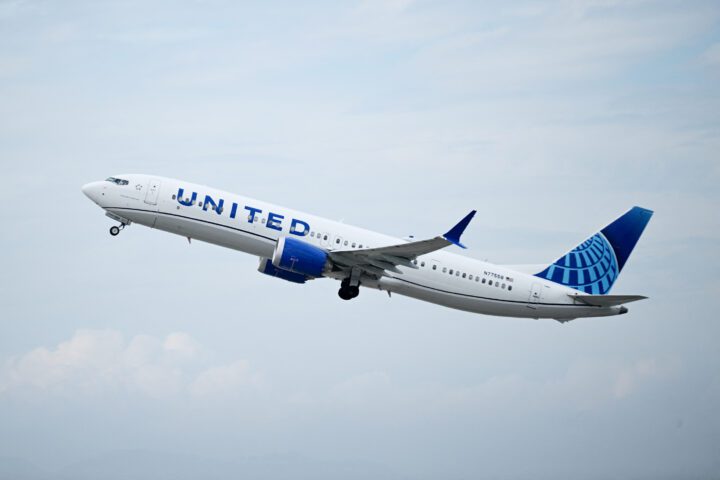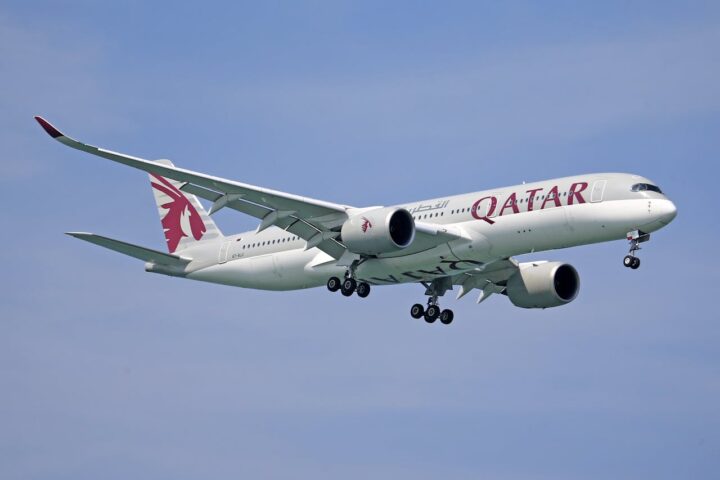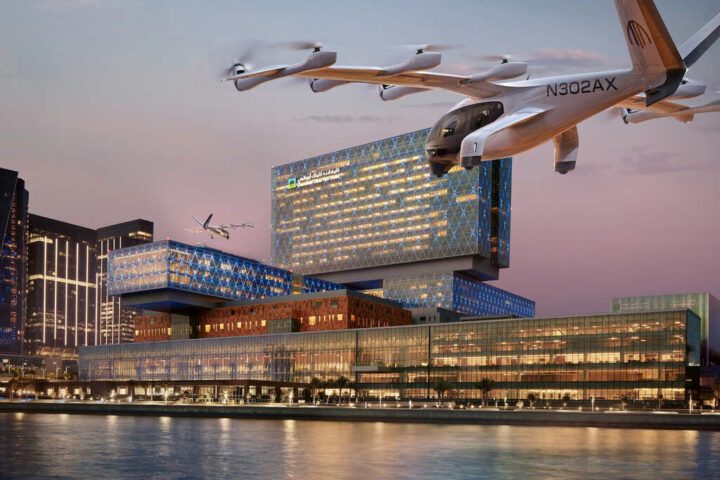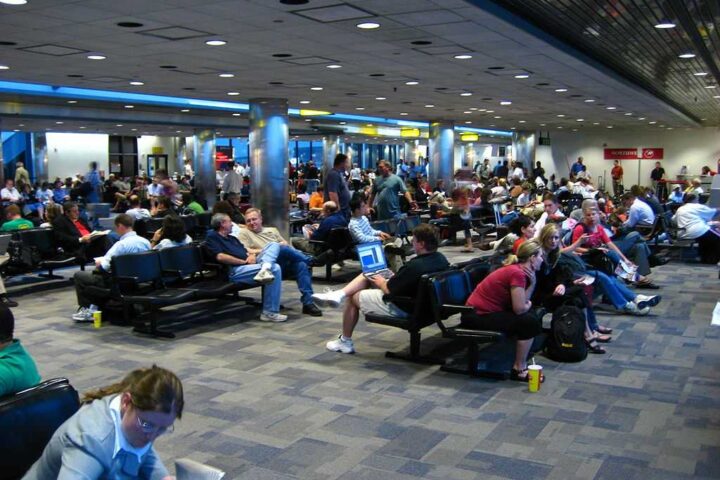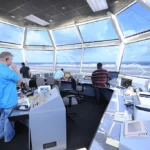A LATAM Boeing 787-8 Dreamliner made an unscheduled return to Los Angeles International Airport with its emergency power system activated, causing concern in aviation circles.
Flight LA603, registration CC-BBI, bound for Santiago, circled over the Pacific Ocean for nearly an hour before touching down at LAX around 01:00 UTC on August 1. The aircraft landed with its Ram Air Turbine (RAT) deployed – a small wind-powered generator that extends automatically when main power systems fail.
According to passenger Nolan Van Nortwick, the flight crew identified what was described as an “electronic failure” near San Diego at approximately 23,000 feet. “The engines were fine but the RAT was super loud,” he reported on social media. The aircraft spent time in a holding pattern dumping fuel to reduce weight before landing.
LATAM has not yet issued a detailed public statement; representatives told media only that the flight returned due to a technical issue and that all passengers were safely re-accommodated.
Similar Posts
The RAT is a critical emergency system designed to generate power when primary systems fail. On the 787, it deploys either manually or automatically when both engines fail or all onboard power is lost, providing emergency hydraulic and electrical power to maintain essential flight controls.
This incident occurred just days after the FAA proposed an airworthiness directive for certain 787 models, addressing concerns about RAT forward fittings possibly manufactured with incorrect titanium alloy material. The directive applies to nine specific 787-9 and 787-10 aircraft, not the 787-8 involved in this incident.

The event follows a July 25 incident where a United Airlines 787-8 returned to Washington Dulles after left engine failure. Both cases highlight the importance of backup safety systems in modern commercial aviation.
Despite the emergency, the LATAM aircraft landed safely and taxied to the gate under its own power, demonstrating that while concerning, the redundant safety features worked as designed.



